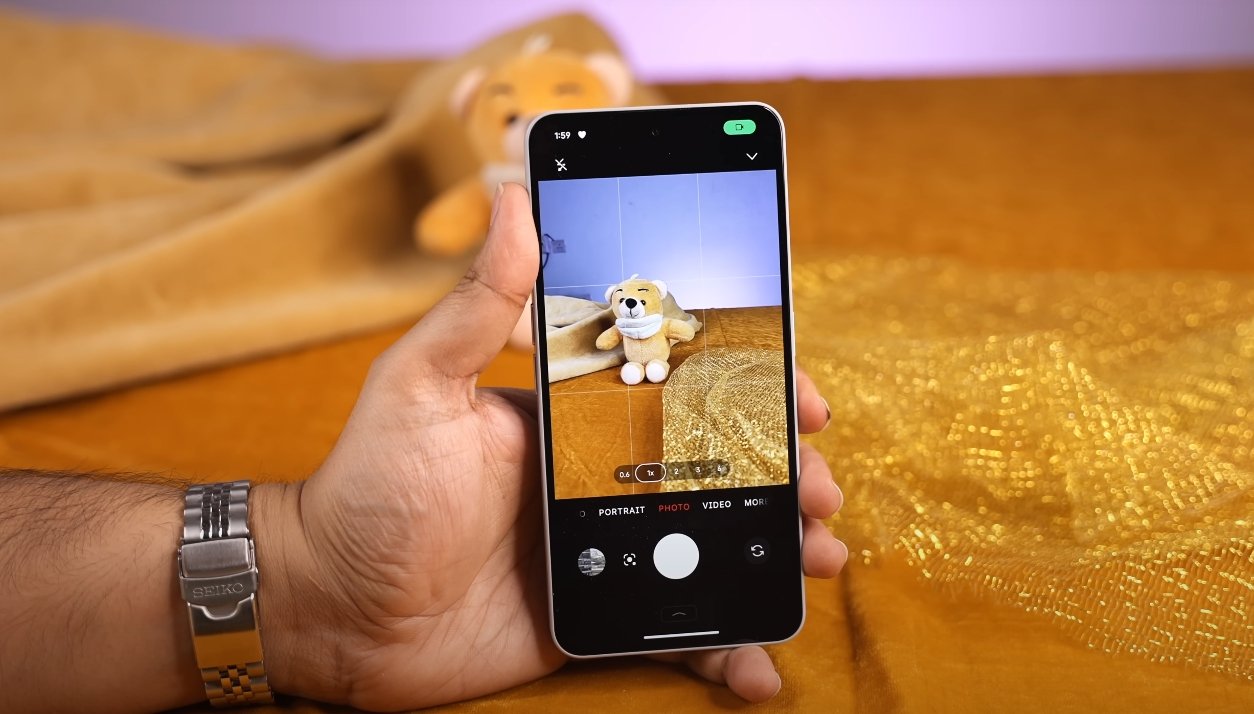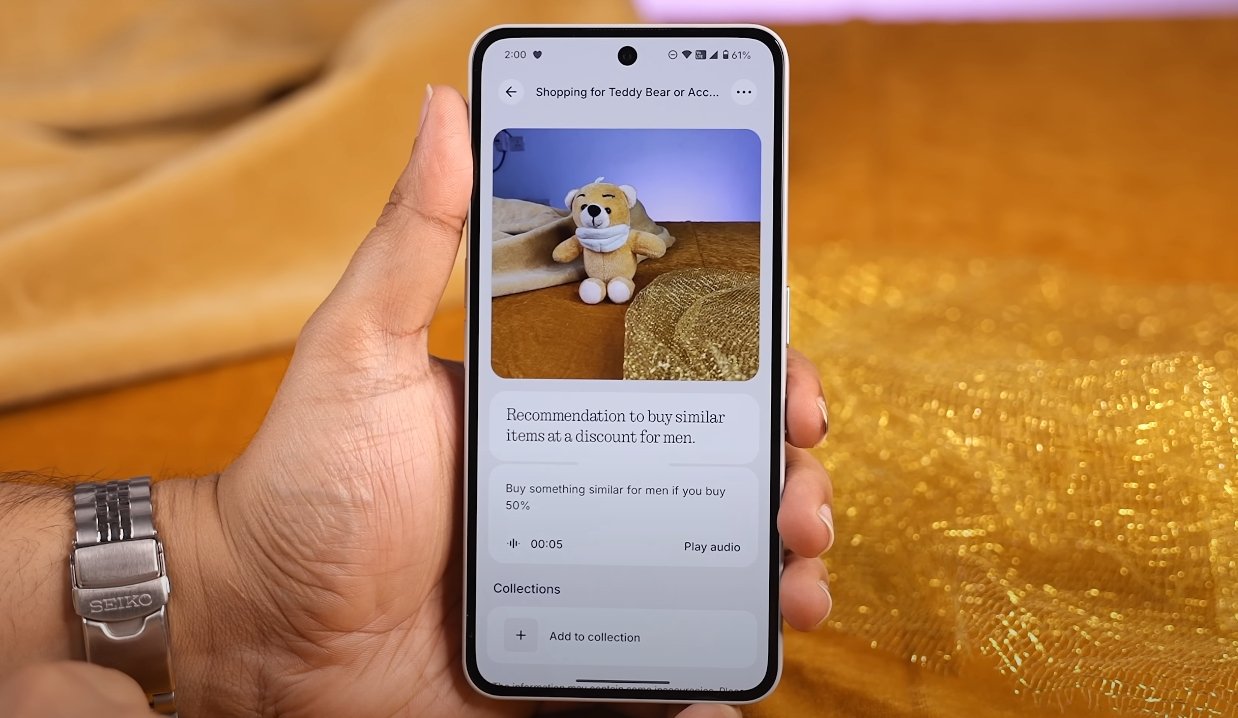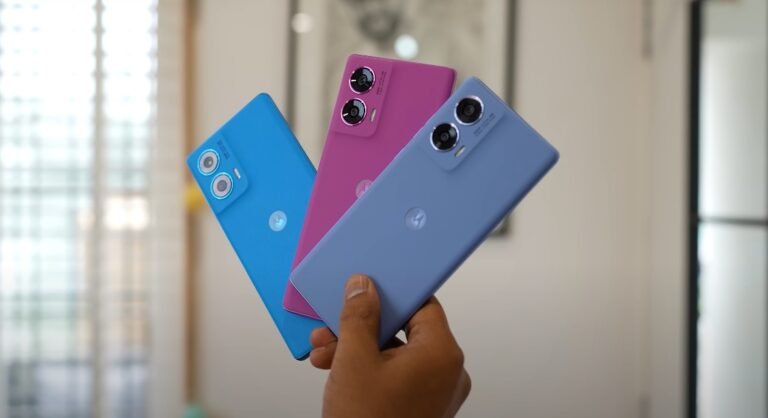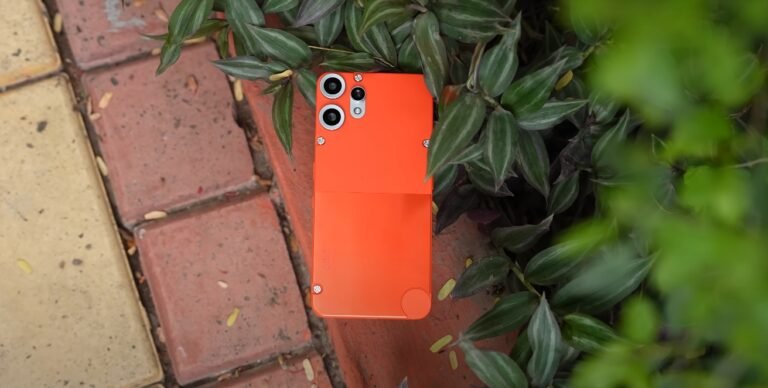Nothing Phone 4a Pro camera quality tested in USA conditions

Real-World Camera Performance in U.S. Lighting and Settings
Tests of the Nothing Phone 4a Pro under typical U.S. lighting—from bright daylight to street-lights—show promising results, especially with the main 50MP sensor. In sunny outdoor settings, users report sharp and vibrant images with good dynamic range: skies and foliage capture detail without severe overexposure. Edge detection is solid in daylight, and HDR helps preserve foreground detail when facing bright backgrounds.
In indoor lighting, the phone produces decent shots under warm accent lights and mixed lighting (like a restaurant or home setting). Noise is fairly well controlled in these conditions, though some softness appears in shadows. Skin tones tend to shift slightly warmer than reality under yellow lighting, but remain acceptable for social media and everyday use. Auto HDR activates reliably in tricky lighting.

Low-light performance is acceptable, but not top-tier. Night mode helps—streetlights and building lights are clearer, and more detail is visible compared to standard mode. However, moving subjects or hand jitters become more noticeable in low light, and fine detail in very dark areas (for example, back alleys or dimly lit indoor corners) tends to be lost or somewhat muddy. Bright neon or light sources can sometimes bloom or cause flare.
Zoom performance—using the presumed 3× optical (or periscope) lens—is useful for mid-range shots, such as portraits or closer framing at modest distance. Up to ~6× digital or in-sensor zoom yields usable results outdoors in good light, but quality drops off beyond that. At high zoom factors (10×+), images retain rough shape but lose sharpness and clarity. Color fidelity under zoom remains a bit inconsistent in mixed lighting.
Video recording is solid in daylight: 4K at 30fps from the main and telephoto lenses shows good color and stabilization. In lower light or indoor settings, there’s more noise and less crisp detail, with visible grain in shadows. Stabilization helps somewhat, but with motion the video tends to stutter or blur more than flagship competitors. The front camera and ultrawide lens are good for casual use, though with less detail than the main module and more distortion at the edges in ultra-wide shots.
In summary, under U.S. conditions the Nothing Phone 4a Pro’s camera system delivers very good daylight performance, capable indoor results, and usable night mode. Zoom works best in favorable light, and high-zoom or very dim settings stretch its limits. For users who prioritize outdoor photography and value per dollar, it offers competitive quality, though it may not replace the very best phones for night photography or extreme zoom.






